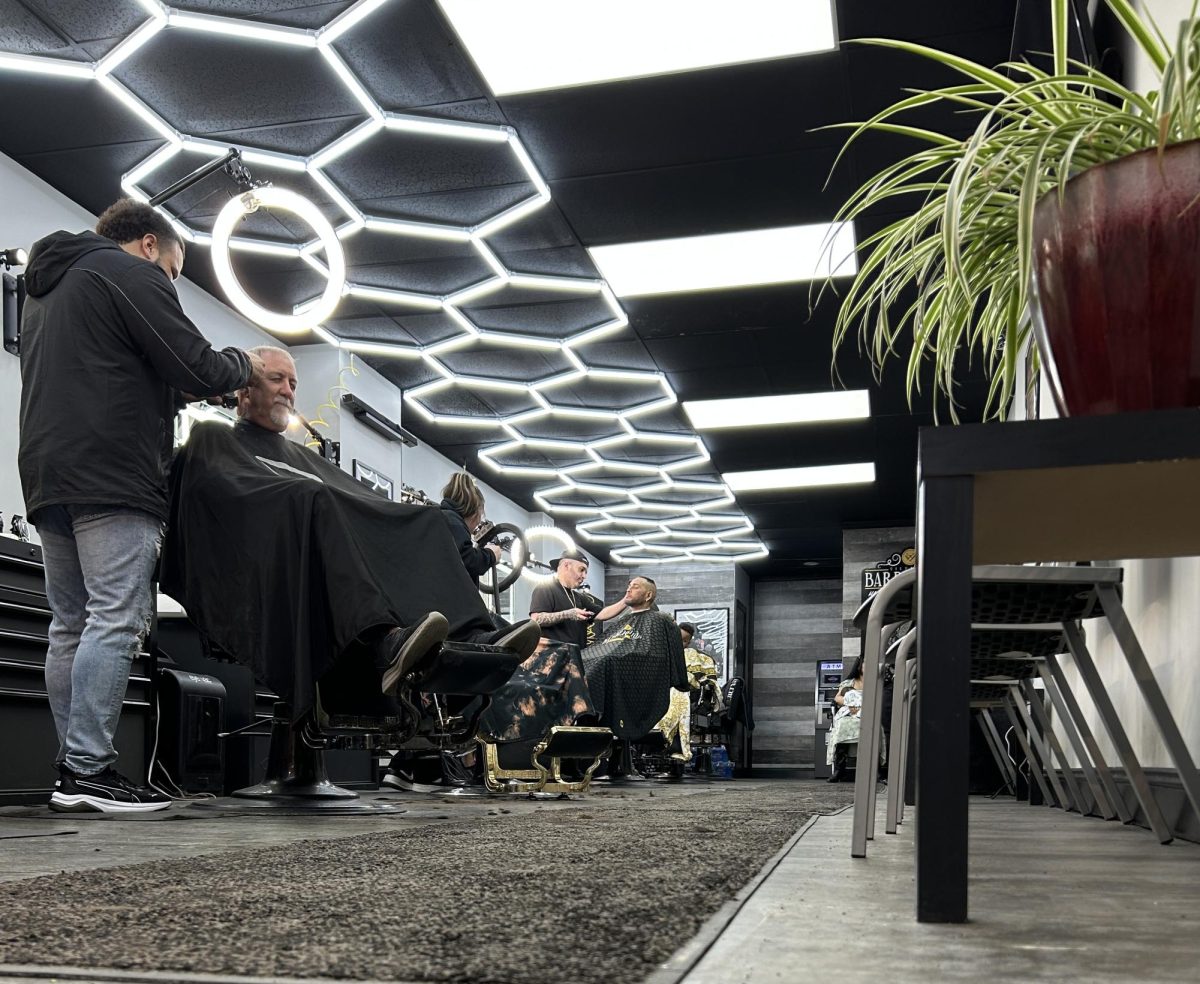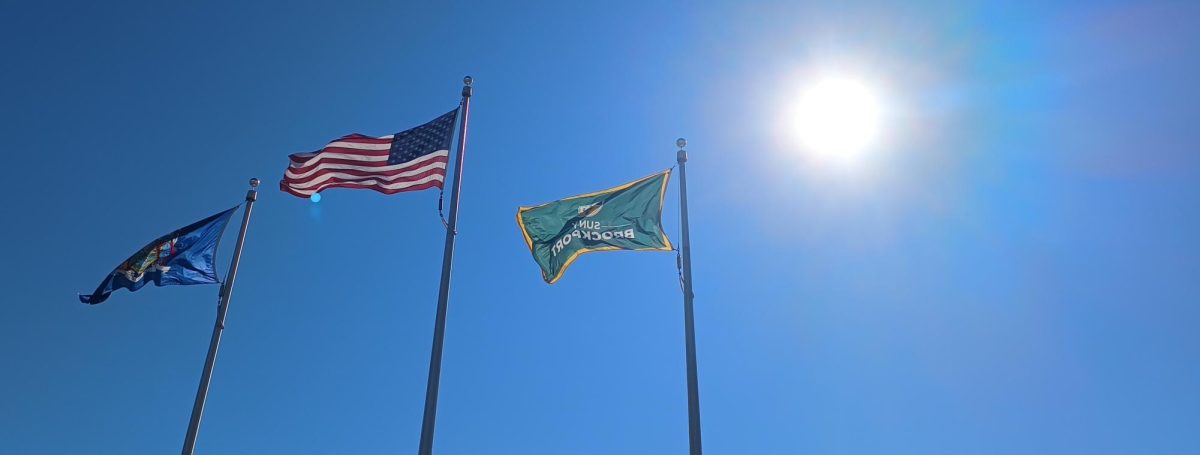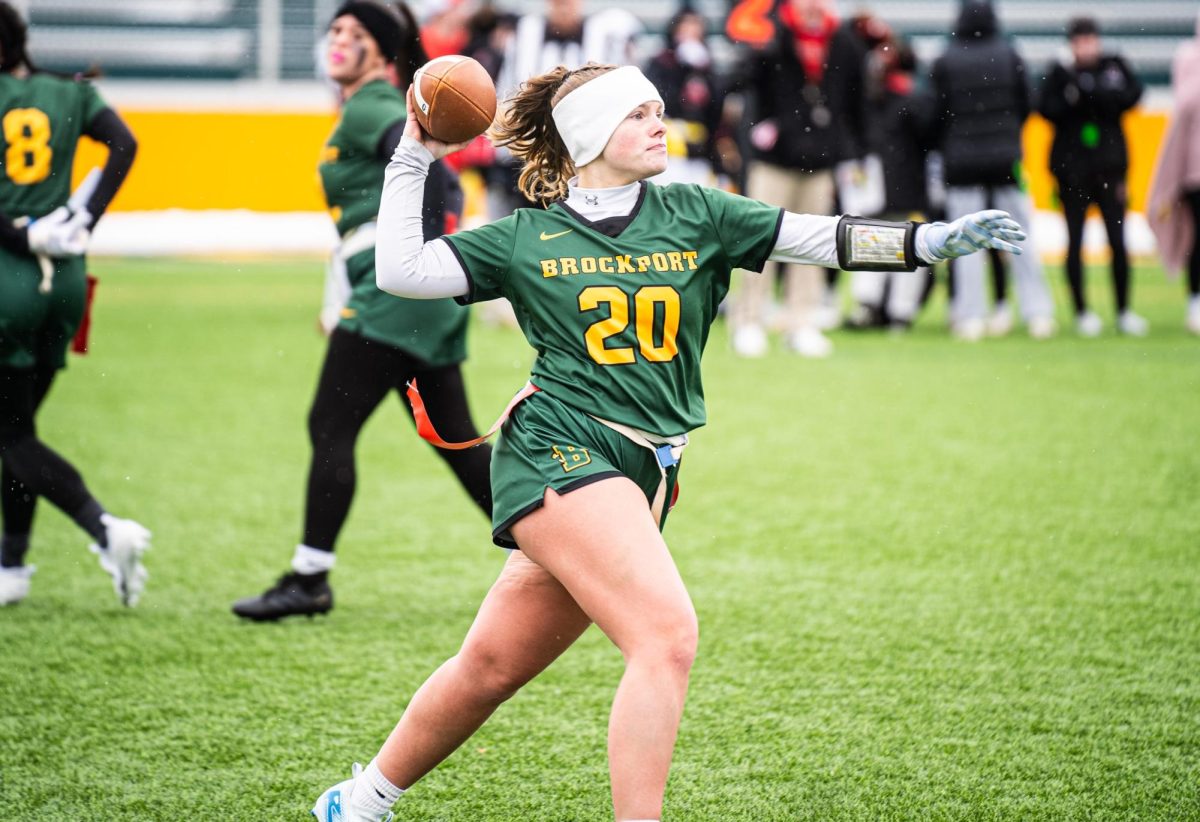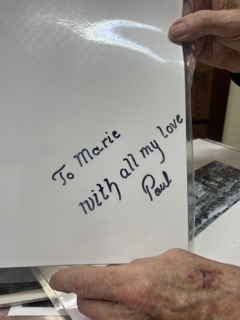by Patrick Doyle
Canalside Chronicles Staff
Washington Square Park has always been the epicenter of public action for Rochester, New York. In the late 1800s, Frederick Douglass enraptured crowds with his speeches demanding the abolition of slavery. In 2011, protesters in the Occupy Rochester movement slept in the park for two months demanding wage equality.
On March 24, students from all over Monroe County picked up the helm and converged on the park to participate in Rochester March for Our Lives. Organized by Brighton High School Senior Dylan Holcomb, students marched under a common goal: gun control now, more student activism in the future.
“I want young people to assume leadership roles, I want young people to be civically engaged, and I want young people to be taken seriously,” Holcomb said.
From a stage in front of Soldiers and Sailors Monument, Holcomb addressed a crowd of 5000 protesters. He was the first of many young speakers to stand in solidarity with a movement born out of the Parkland school shooting.
Every speaker spoke of fearing that they would be affected by the next mass shooting and anger at what they saw as inaction from lawmakers. One student spoke from experience.
“We texted our families with shaky hands as the news came in that there was a shooting at one of our elementary schools,” said College at Brockport student Rebecca Oberstadt.
Oberstadt was a high school student when her hometown, Sandy Hook, Connecticut, was upended with tragedy. She said wasn’t ashamed of what happened in her hometown, but she was ashamed that nothing was done in the intervening years to curb the persistent threat of school shootings. It was a message that resonated with the crowd.
“We shouldn’t have to think that our lives are in danger daily when we go to school,” said Tatum Arnold, a Newark High School student.

Arnold stood with a sign that said “Am I Next?” tucked under her arm. She said March for Our Lives was her first protest and she was motivated because she didn’t want to be afraid to go to school.
She was one of many first-time protestors who turned their fears into action. Their fresh energy reverberated in the air throughout the rally. Each speaker was met with boisterous cheering and applause.
That energy didn’t fade as protestors filed out of the park and into the streets for a brief march. They chanted “enough is enough,” the movement’s rallying cry. It’s a slogan that reflects how student protestors are fed up with what they see as an easily fixable problem.
“We’ve seen, time and time again, people abandon this issue. But now that it’s fresh in our minds we can really take a stand,” said Gabe Rosen, a student at Allendale Columbia High School.
Like many of the protestors, Rosen attended with a group of fellow students and parents. It was incredibly common to see large swaths of the same school colors marching together in the crowd. This may be the secret to this movement’s strength. Young people already operate in groups, but they are now bolstered by the community to organize.
This community support is, in a way, a continuation of Rochester’s history as a destination for civil dissent. The city was home to abolitionist and orator, Frederick Douglass, and women’s rights icon, Susan B. Anthony. Their names and actions are taught with reverence in the very schools the protesters now seek to make safer.
Having taken their lessons to heart, students are writing the next chapter in Rochester protest history. They met in the same park that has been used as the city’s communal gathering space for over a century, marched the same well-trodden streets of their forbears and spoke their minds in the tradition of so many great Rochestarians.
Rochester March for Our Lives wasn’t about reflecting on the past. These students have taken the reigns and are focused on the future.
“We, as a generation, are spearheading this movement and saying what many adults are too afraid to say,” Oberstadt said.



















